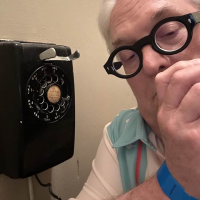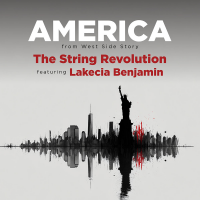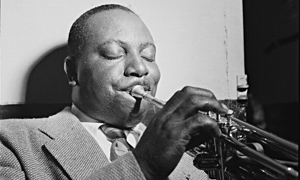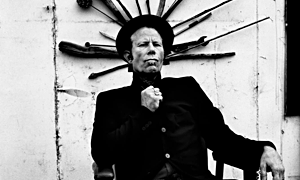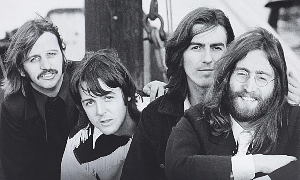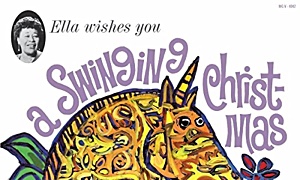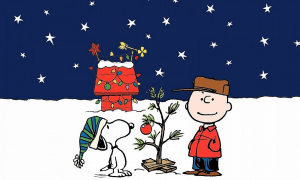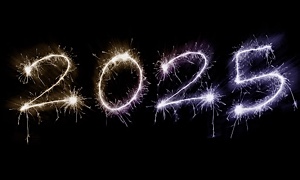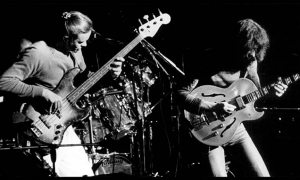Home » Jazz Articles » Book Review » The Best Gig in Town: Jazz Artist at the White House 1969-1974
The Best Gig in Town: Jazz Artist at the White House 1969-1974
 The Best Gig in Town: Jazz Artist at the White House 1969 -1974
The Best Gig in Town: Jazz Artist at the White House 1969 -1974 Edward Allan Faine
229 Pages
ISBN: #9780985795245
IM Press
2014
There is something puzzling and curious about a book documenting jazz performances at the White House specifically during the Nixon Administration. A thoroughly divisive historical figure, President Richard Nixon, has on only rare occasions since his resignation, been treated in a positive, or even neutral, light. Author Edward Allan Faine seizes the proverbial bull by the horns treating these circumstances in the White House between 1969 and 1974 as historical artifact.
Author Faine previously published Ellington at the White House 1969 (IM Press, 2013) addressing Duke Ellington's 70th birthday party held there, more than likely stimulating the genesis of this present book. He opens The Best Gig in Town: Jazz Artist at the White House 1969 -1974 with a reprise of that earlier book and, using the same approach, describes the thirteen jazz-related performances held at the White House during his presidency. Framed, thusly Faine is able to devote specific attention to an interesting assortment of talent that might not otherwise received treatment within a single article.
"Jazz" performances at the White House during this time included, singers Pearl Bailey, Peggy Lee, and Frank Sinatra; pianists Henry Mancini, Bobby Short, and Billy Taylor; New Orleans musicians Pete Fountain and Al Hirt; and the instrumental groups the Modern Jazz Quartet and the World's Greatest Jazz Band. There exists a likelihood of quibbling regarding whether Pete Fountain and Al Hirt can be considered jazz musicians, but to not do so harms the book's premise.
Impressive is the depth of author's research and the detail with which he describes these artists and their performances. Faine additionally provides background on the songs performed and includes comments on the performances by writers in attendance. As such, Faine's book provides a visual and aural snapshot of the period, one that grows dimmer and more misunderstood the further we get from it. Of Nixon, it helps us to remember that he was human after all, flawed as we all tend to be. It also shows the President in a more relaxed and genial environment that he would ultimately find himself at the end of his presidency.
Tags
PREVIOUS / NEXT
Support All About Jazz
 All About Jazz has been a pillar of jazz since 1995, championing it as an art form and, more importantly, supporting the musicians who make it. Our enduring commitment has made "AAJ" one of the most culturally important websites of its kind, read by hundreds of thousands of fans, musicians and industry figures every month.
All About Jazz has been a pillar of jazz since 1995, championing it as an art form and, more importantly, supporting the musicians who make it. Our enduring commitment has made "AAJ" one of the most culturally important websites of its kind, read by hundreds of thousands of fans, musicians and industry figures every month.

